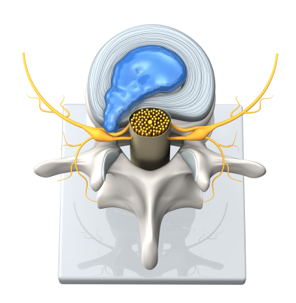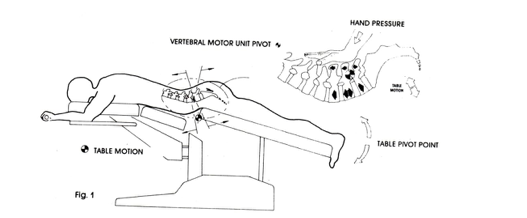Chiropractic Treatment for Cervical and Lumbar Disc Herniation 🌟✨
Understanding Disc Herniation ☀️
Cervical and lumbar disc herniation occur when the soft center of a spinal disc pushes through a crack in the tougher exterior casing. This condition can lead to pain, numbness, or weakness in an arm or leg due to nerve irritation or compression. Cervical disc herniation affects the neck region, while lumbar disc herniation impacts the lower back.
Chiropractic Care for Disc Herniation 👁 🌝
Chiropractic treatment is a popular non-surgical approach for managing spine-related issues, including disc herniation. Chiropractors use spinal manipulation and other techniques to alleviate pain and improve function. Here’s how chiropractic care can help with cervical and lumbar disc herniation:

Spinal Manipulation:
- Cervical Spine Adjustments: For cervical disc herniation, chiropractors may perform gentle neck adjustments to reduce nerve irritation and improve range of motion.
- Lumbar Spine Adjustments: In the case of lumbar disc herniation, lower back adjustments can help alleviate pressure on the affected nerves.

Flexion-Distraction Technique:
- This is a gentle, non-thrusting type of spinal manipulation often used for lumbar disc herniation. The chiropractor uses a specialized table that distracts and flexes the spine in a rhythmic motion to reduce disc pressure.

| Therapeutic Exercises and Lifestyle Advice: Chiropractors often prescribe specific execises to strengthen the spine and surrounding muscles. They may also offer advice on posture, ergonomics, and lifestyle changes to prevent further injury and promote healing. |
| Effectiveness and Considerations While many patients find relief from chiropractic care, its effectiveness can vary based on the individual and the severity of the herniation. Some key points to consider include:Initial Evaluation: A thorough evaluation, including medical history and diagnostic imaging (like MRI or X-rays), is crucial before starting chiropractic treatment. This ensures that the herniation is suitable for chiropractic care. Initial Evaluation: A thorough evaluation, including medical history and diagnostic imaging (like MRI or X-rays), is crucial before starting chiropractic treatment. This ensures that the herniation is suitable for chiropractic care. Patient Response: Some patients may experience immediate relief, while others might need multiple sessions to see significant improvement. Integrated Approach: Combining chiropractic care with other treatments such as physical therapy, medications, or even surgery (in severe cases) may be necessary for optimal outcomes. |
Conclusion
Chiropractic treatment can be a viable option for managing cervical and lumbar disc herniation, particularly for those seeking non-surgical approaches. It is important to work with a qualified chiropractor who can tailor the treatment to your specific condition and needs. Always consult with your healthcare provider to ensure that chiropractic care is appropriate for your situation.
Stay Informed and Stay Healthy!
